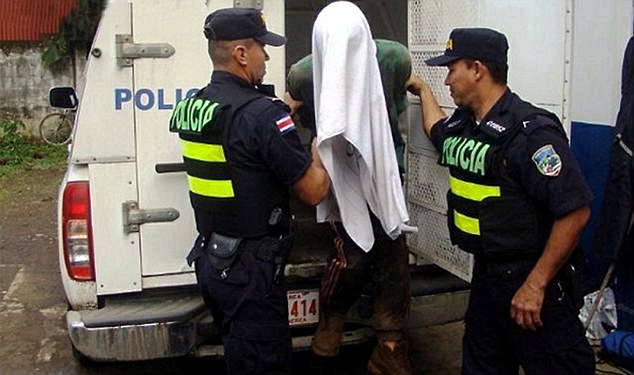This means that while the chances of being murdered are less [in Costa Rica, Peru, and Argentina], the odds of being assaulted are quite high. This helps perhaps explain why Costa Ricans, for example, are more fearful of becoming a victim of a violent crime than are Mexicans, Brazilians, or Hondurans.
 Though specific countries usually capture the headlines for their bloodiness — Mexico, Guatemala, Honduras, and often Colombia — security problems are widespread throughout Latin America.
Though specific countries usually capture the headlines for their bloodiness — Mexico, Guatemala, Honduras, and often Colombia — security problems are widespread throughout Latin America.
Some interesting points emerge from this quite extensive study. One is that general perceptions and realities often don’t match up. In part, this is because there are many different types of crime, and governments, media, and other public opinion shapers often only focus on one set of measures. For instance, Costa Rica, Peru, and Argentina are generally thought of as being some of the more peaceful countries in the hemisphere, due to their relatively low homicide rates (all have below twelve homicides per hundred thousand people).
But according to Latinobarómetro’s (self-reported) crime surveys, all three are far above the Latin American average in terms of criminal activity, with Peru ranking second, Costa Rica fourth, and Argentina sixth out of the eighteen surveyed nations. This means that while the chances of being murdered are less in these countries, the odds of being assaulted are quite high. This helps perhaps explain why Costa Ricans, for example, are more fearful of becoming a victim of a violent crime than are Mexicans, Brazilians, or Hondurans.
These differences may also help to explain the disconnect that so many citizens feel with official rhetoric that places the emphasis solely on murder rates.

